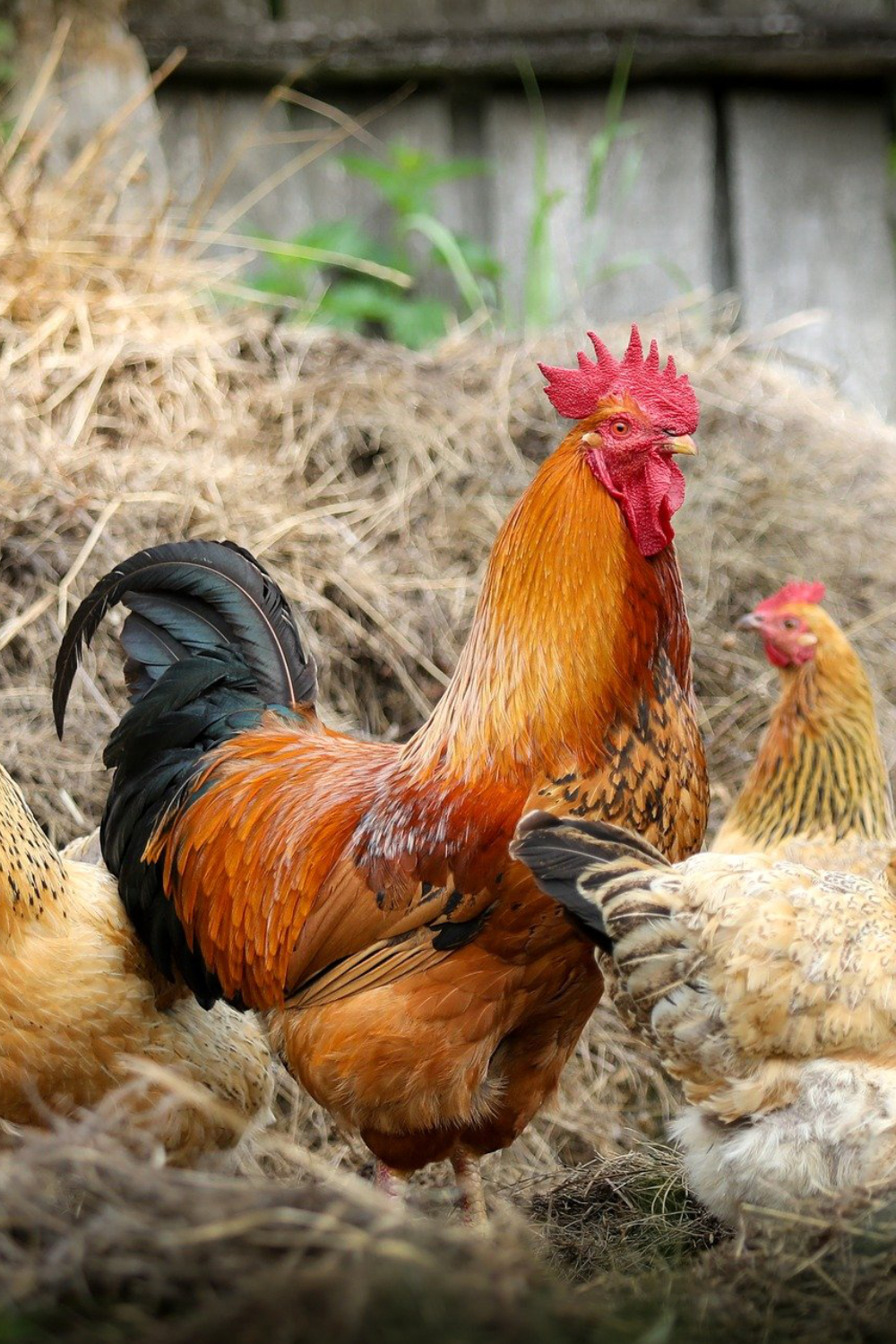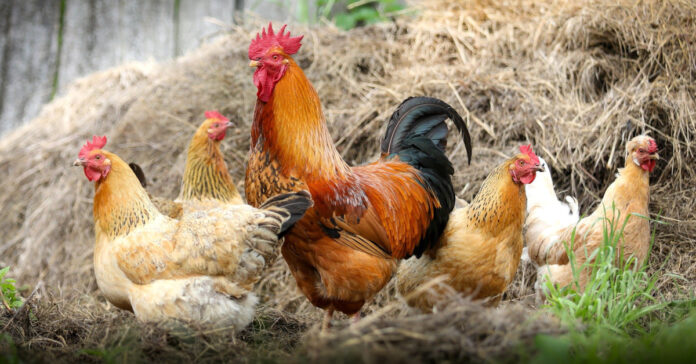Lately, I have been reading, watching videos, and studying up on chickens like there is no tomorrow.
Having a “backyard” chicken flock has always been part of my long-range planning, even after one of our neighbor had more than 50 chickens and ran a free range chicken egg business out of her house. (Thank goodness our bedroom was on the opposite side of the house because she had a rooster.) So I’ve been reading articles and blogs for some time, but that has intensified lately.
I have made up plans to build a 4-foot by 8-foot chicken coop and made a list of building materials that will be required. The only unanswered questions I have are how much insulation will be needed and how much venting I need to have, plus do I need to cover up the vents on super cold days.
I have also laid a 50×40 plot that we will fence. It will include the chicken coop, the chicken run, a place for the bees, room for at least eight 4×2 raised beds, and room for fruit bushes. My wife has approved the garden layout, but we are sending the plans to a close friend of hers who is an avid gardener and a former county extension agriculture agent. Hopefully, she will give us her blessing and we can proceed.
The chicken run will be 12×24, which is fairly large for the 8 to 10 birds we hope to have. This is for two reasons: First, there’s room to build another coop if we should desire to do so in the future, and second, we can put compost piles in there and allow the chickens to scratch at it, which is supposed to provide a food source for the hens and promote rapid composting.
Fencing
We are planning to fence with a 6-foot high 2×4 welded wire fence supported by wooden fence posts every eight feet. The garden will have two gates, one a 4-foot gate that we can fit the wheel barrow and garden cart through, the other an 8-foot gate should we need to bring in a vehicle. An additional 4-foot gate will enter the chicken run from the garden. This will allow us to grant the chickens access to the entire garden
The chicken run will have half-inch hardware cloth either in addition to or instead of the welded wire fencing. We’ll also bury some outside of the fence to prevent borrowing animals from gaining access to the chicken house. This same hardware cloth will also be used to line the bottom of the raised beds to prevent moles, voles and other creatures from consuming our garden plants from below. We don’t know if we have these pests, but we are taking precautions in any case.
On the exterior of the fencing we will be installing an electric fence because my research shows that this is the only fence short of wrought iron that has a good chance of stopping a bear. We expect the bee hives we will put in the garden will attract the bears.
I plan to run a few strands close together on the lower portion of the fence to discourage foxes, coyotes, raccoons, possums, neighborhood dogs, and other smaller predators. Then we will have wires a bit further apart higher up to keep out bear, bobcat or other creatures (yes, including man).
Digging Fence Post Holes
Due to the size and the number of gates, plus the fact that the chick coop will be raised off the ground, we will need to dig 32 or so fence post holes.
I am so much not looking forward to that.
We will use larger, 6-inch posts at the corners and for gates, and then approximately 4-inch posts in between. I am trying to source locust, cedar or other post that will naturally resist rot, but we may just buy standard treated posts.
I am planning to ask my neighbor who owns a tractor if we can make a deal: I’ll rent the fence post digger that attaches to its PTO if he’ll let me use his tractor. Then I’ll help him use the fence post digger in case he wants to install any posts. Failing that, I may have to rent the entire system.
In the meantime, I may manually dig a few holes and see how it goes. Maybe I can do a few a day and spread out the work.
Chicken and Bees
One thing I was pleased to learn is that chickens and bees can coexist in the same area. The chickens may eat dead bees and gobble up any beetles and other bugs that might be intent on invading the bee hive.
I have raised bees before and we have a good bit of the equipment still. In the past, I have raised Italian honey bees. Since we have cool, damp weather, we may look into the Carniolan honey bees where are supposed to be more likely to fly on cooler days.
My wife is planning to plant much of our sloped hill with flowering plants that attract bees.
My hope is that the bees do so well that we add a new hive each year.
Garden Seed Update
I have received the heirloom seeds we ordered from Seed Treasures and they look great! Her’es hoping that we will have at least one bed ready in time to plant a few cabbage and maybe some squash.
I will provide ongoing updates on our garden, chicken and bees as the year progresses.










I suggest adding smaller gage wire lip / and or digging a trench and burying at least a foot of wire attached to the fence or L to prevent predators from digging under the fence . If you decide to raise a few youngsters or have mink the smaller gauge is a good idea.
Thanks for your suggestions! Do you mean smaller than 1/2-inch hardware cloth? And are you being specific to the chicken run or for the entire garden?
Comments are closed.